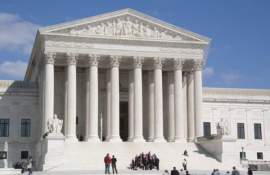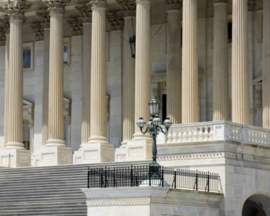
What Are Supreme Court Judgments

Supreme Court judgments take place according to the procedures established by the United States Constitution. Decisions of this kind are made during a term of the Court, which lasts from the start of October in one year to either June or July during the next. Supreme Court judgments are provided, within the space of a single term, on the basis of alternating two week periods. During the sittings of the Supreme Court, Supreme Court judgments can be made on cases already heard while new cases are also brought to the attention of the judges. In the recesses, meanwhile, the Justices write on and talk about the cases they have heard and the best Supreme Court judgments which should accordingly be issued. Supreme Court jurisdictions are typically made within the wide parameters established by the concept of appellate jurisdiction, as is one of the concerns of the Constitution’s language on the role of the Supreme Court. Supreme Court judgments are thus made almost without exception in regard to judgments already rendered by lower courts and can take the form of either affirming or overruling the decisions which were thus made. Before the time of actually rendering the Supreme Court judgments, the Justices must in some way be exposed to the claims being made by those appealing a decision, which can be done in varying ways. A Petition for a Writ of Certiorari or an Extraordinary Writ, such as one for habeas corpus, are some of the legal actions which can precede Supreme Court judgments.



















